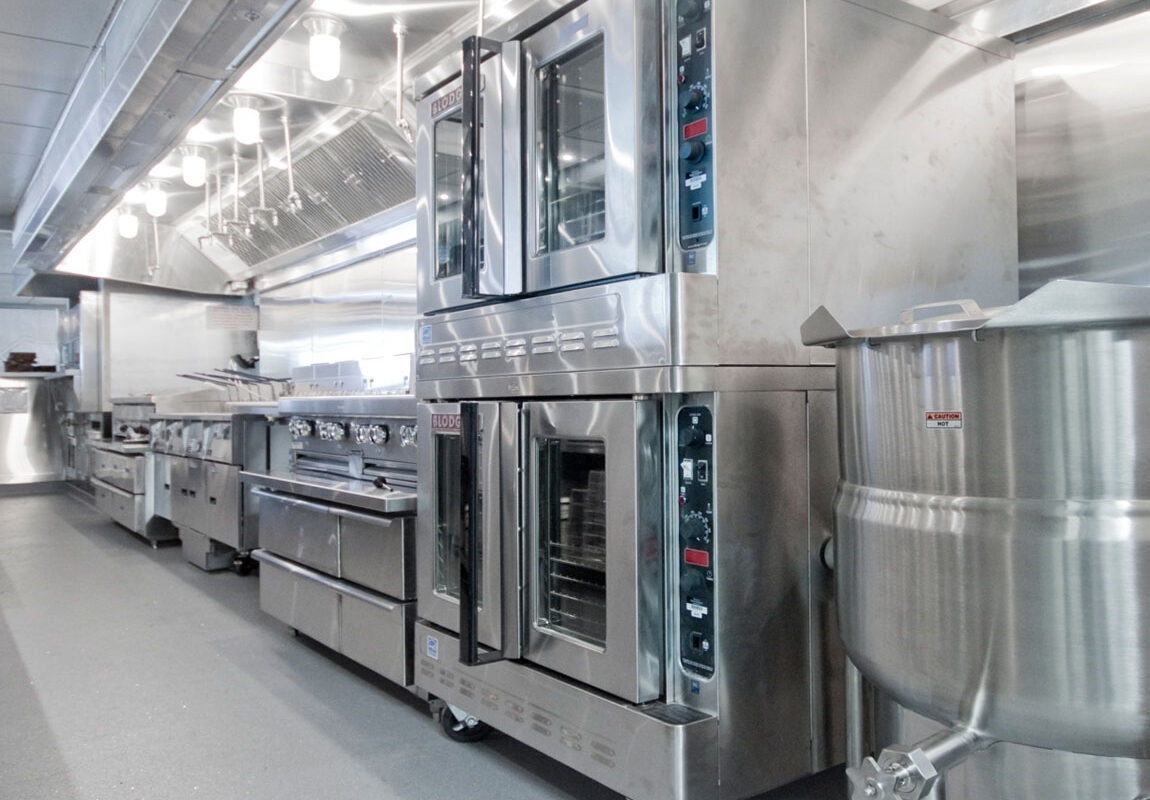Introduction to Commercial Kitchen Equipment
Any commercial food operation knows that quality equipment is essential to running an efficient kitchen. From preparation to storage and everything in between, having the proper appliances, tools and technology streamlines workflows and allows restaurants and other food businesses to reliably serve customers.
Cooking Equipment
Stoves, ovens and other cooking appliances are workhorses in any commercial kitchen as Food Service Equipment. Gas and electric ranges offer flexibility for a variety of cooking methods from sautéing to baking. Convection ovens with powerful fans circulate hot air to cook food more quickly and evenly than conventional ovens. Griddles, fryers and steam kettles handle other common cooking tasks. Robotic kichen machines are also gaining popularity for activities such as automatic mixing and portioning. Having high-powered, durable equipment that stands up to constant use is essential for consistent cooking outputs.
Refrigeration and Storage
Commercial refrigerators and freezers provide the cooling capabilities needed to safely store large volumes of ingredients and finished products. Walk-in freezers maintain ideal frozen storage conditions, while reach-in refrigerators fit easily into kitchen work areas. Rotisserie racks, food held carts and shelving help organize workspace while maintaining proper temperatures. Blast chillers rapidly cool down hot foods to prevent bacteria growth. Insulated food transport containers maintain safe serving temperatures during delivery.
Dishwashing and Sanitation
For any food operation, proper cleaning and sanitization equipment is a top priority. Commercial dishwashers efficiently clean mountains of dishes, flatware and cookware with high water pressure and adjustable racks. Warewashers handle larger items on overhead racks. When space allows, pot-and-pan sinks offer extra hand-washing capacity. Mop sinks, hose reels and floor scrubbers help maintain sanitary conditions throughout kitchen facilities.
Food Preparation Equipment
Countertop appliances like mixers, slicers, dicers, juicers and blenders rapidly prepare ingredients. Robotic arms can execute numerous tasks while keeping workers safe from moving parts. Conveyor toasters and warmer racks handle mass volumes of breads and sides. Installing equipment at ergonomic heights and with integrated workflow maximizes productivity. Spiral and vertical cutters process large volumes of fruits, vegetables and more with single, efficient motions.
Point-of-Use Technologies
Technology innovations continue integrating into commercial kitchen operations. Touchscreen interfaces provide control and monitoring of appliances from a centralized location. Ingredient scale systems automatically record and order replenishments. Inventory management using barcode scanners tracks product movement throughout receiving, storage and usage. Food safety is optimized using real-time probe thermometers uploaded to the cloud for HACCP compliance. Robotic drink machines slake customer thirst with consistent quality and portioning.
Considering the Application and Budget
When outfitting or upgrading a commercial kitchen, operators must carefully consider their menu, capacity needs, footprint and budget limitations. Equipment dealers offer consultation to recommend the right solution for any operation, large or small. Some organizations finance major purchases to avoid large upfront costs. Regular maintenance prolongs investment lifespan while avoiding unexpected breakdowns. By providing workers with high-quality, carefully selected commercial food service equipment, operations set themselves up for success.
Quality, durable commercial food service equipment remains essential for restaurants and other food businesses to operate efficiently and meet customer demand. From cooking and refrigeration to cleaning and technology, having the proper tools for the job streamlines workflows while ensuring consistency and food safety. With an eye toward their specific needs and budget, operators can outfit functional, productive kitchens well-equipped to turn out reliably great food.
*Note:
1. Source: Coherent Market Insights, Public sources, Desk research
2. We have leveraged AI tools to mine information and compile it




